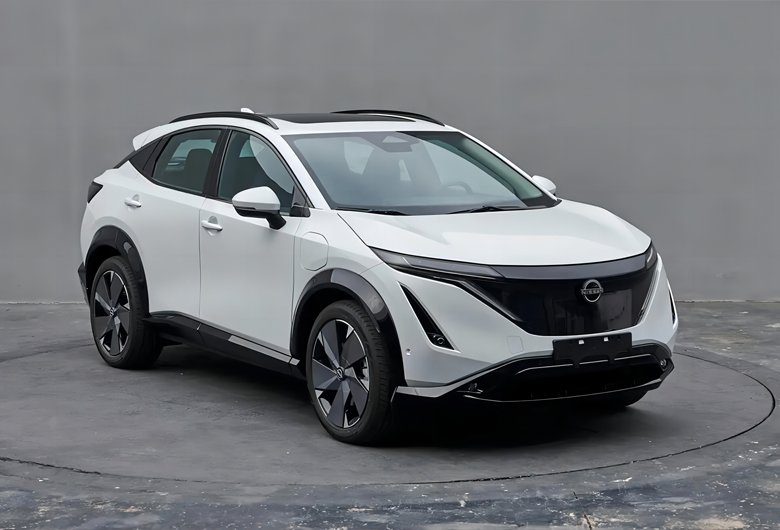
Description
- APPEARANCE
- INTERIOR
- SEAT SPACE
- DETAILS
Nissan uses two configurations of batteries, 65kWh and 90kWh; the powertrain components are 2WD and 4WD. The two-wheel drive uses 160-178kW, and the four-wheel drive uses 205-290kW. The corresponding acceleration from 100 kilometers to 100 kilometers is 7.5-5.1 seconds, which is fast. The fastest charging speed is designed to be 130kW, with a rate of about 1.5C. The cruising range under WLTC is estimated to be 350km in first gear to replace the original LEAF 60kwh version, and 500km in first gear to adapt to attempts like I-pace. The power of slow charging is also divided into 7.4kW gears, and 22kW on-board fast charging is available as an option.
Nissan's battery system design is still a transition from Leaf's air-cooling system to liquid-cooling technology design. The core requirement is to meet the 130kW charging requirement. As shown in the picture below, Nissan also uses a flat battery, which is thinner than the battery design of the LEAF. It adopts a two-layer battery treatment on the second row of seats. This design is very similar to the previous design of battery packs such as Bolt. In terms of drive system, according to the comparison between LEAF's drive system and Ariya's drive system, Nissan has adopted a smaller motor and reducer system, and the inverter has been separated, which may be due to layout reasons.
On the whole, Ariya's two screens are pretty good. Coupled with a row of simple switches below, the overall interactive effect connects an OLD CAR like LEAF with its own new image.
Judging from the parts that consumers can directly touch, there are still many differences in the design of this car from before, and the sense of technology is still created.
Inquiry
























